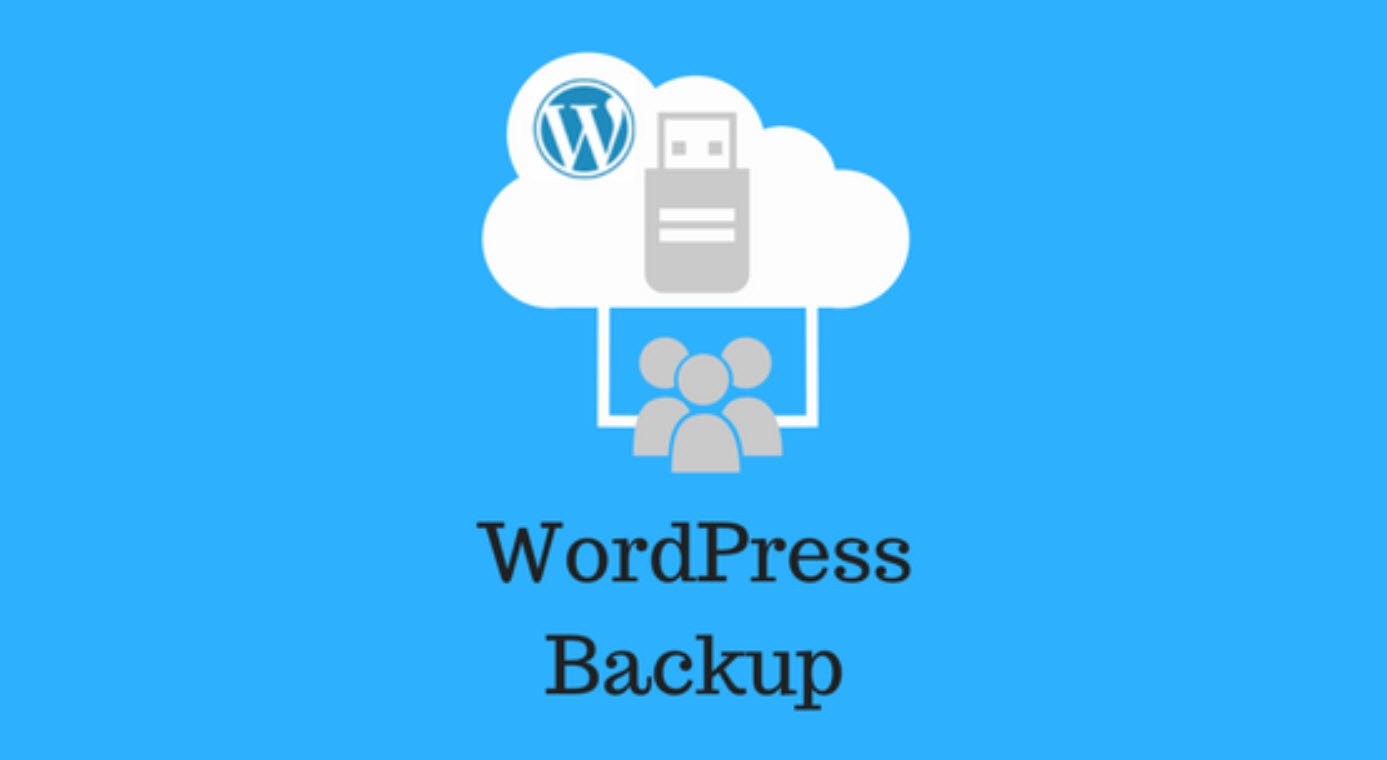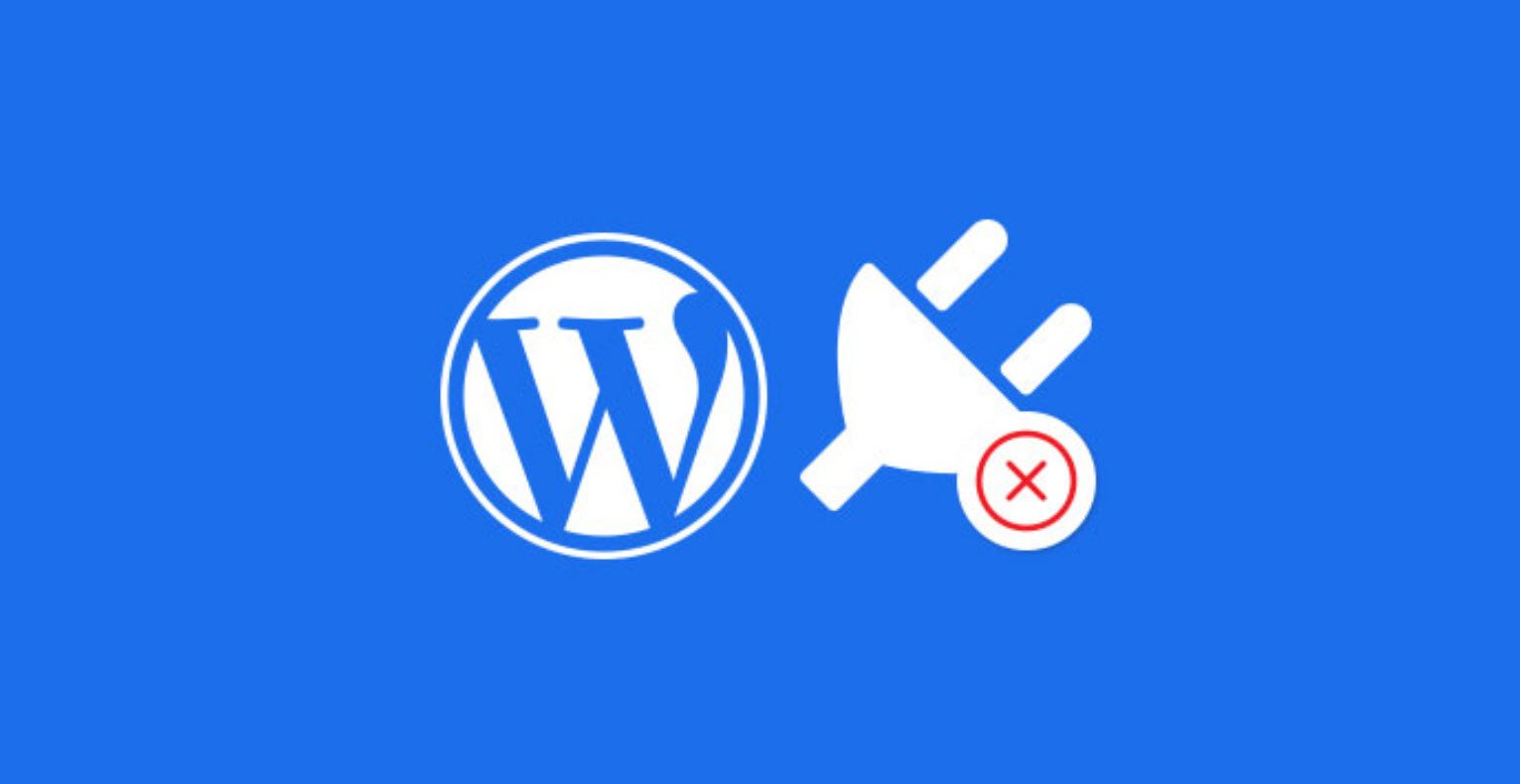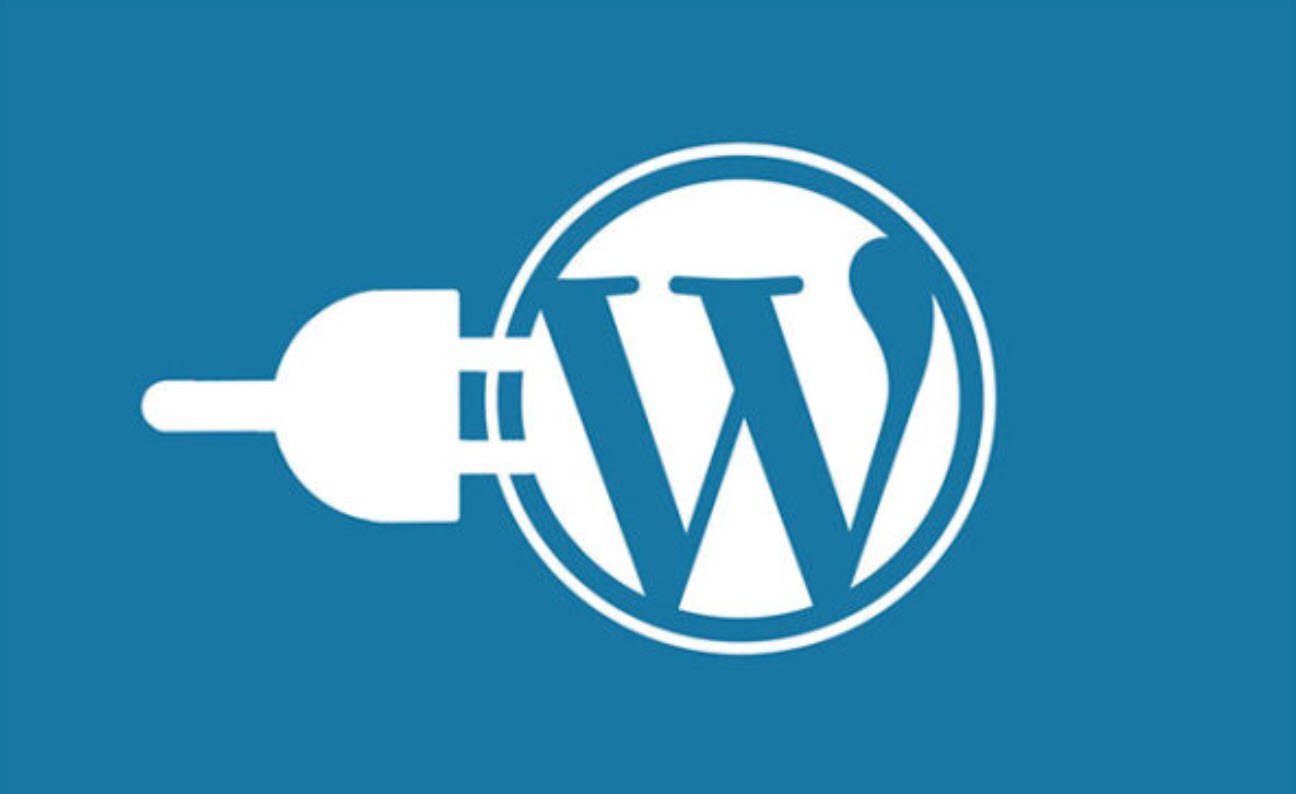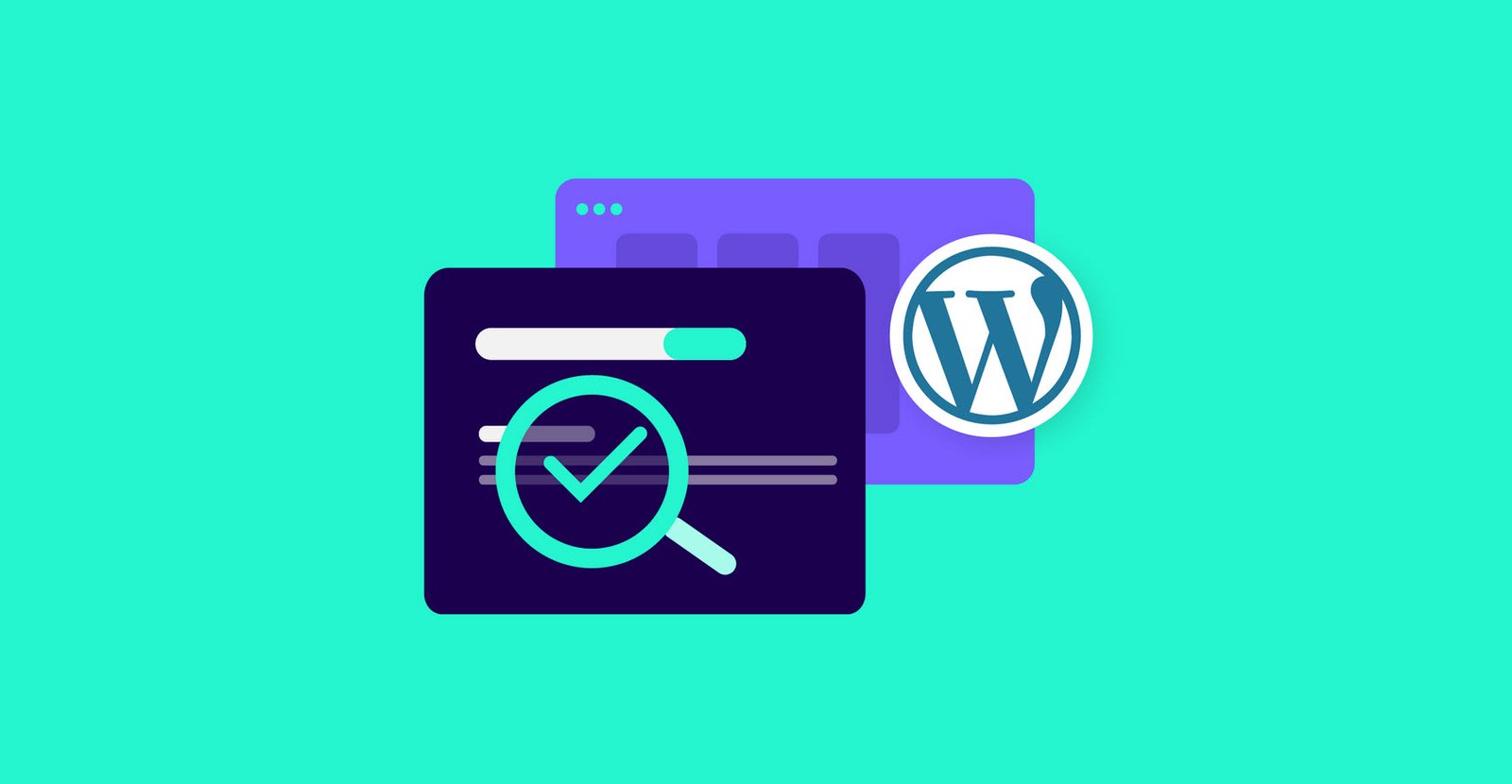
As the online world becomes increasingly competitive, website speed has become a crucial factor in ensuring a positive user experience and driving higher engagement on your WordPress website. Slow loading times can lead to higher bounce rates, lower conversion rates, and overall poor performance.
In this article, we will discuss 5 effective ways to speed up your WordPress website and enhance its performance.
Method #1: Use a Lightweight and Well-Coded WordPress Theme
The theme you choose for your WordPress website can significantly impact its loading speed. It’s crucial to select a lightweight and well-coded theme that doesn’t come with excessive built-in features and unnecessary functionalities that can slow down your website. Look for themes that are optimized for performance and follow best coding practices, such as utilizing clean and minimalistic code, using CSS instead of images whenever possible, and avoiding inline JavaScript.
Method #2: Use a Caching Plugin
Caching is a technique that involves storing frequently used data or files in a temporary location, so they can be quickly retrieved without having to be generated from scratch every time a user requests them. Caching can greatly improve the loading speed of your website by reducing the server load and minimizing the time it takes to load pages.
There are several caching plugins available for WordPress, such as W3 Total Cache, WP Super Cache, and WP Rocket. These plugins create static HTML files of your dynamic WordPress pages and serve them to users, bypassing the need to generate the pages on the fly. This can lead to significant improvements in page load times, especially for repeat visitors.
Method #3: Optimize Your Images
Images are a common culprit of slow-loading websites. Large and unoptimized images can drastically slow down your website, increasing the time it takes for pages to load. To optimize your images, you can use image compression techniques to reduce their file size without compromising their quality. There are several free and paid plugins available, such as Smush, EWWW Image Optimizer, and Imagify, that can automatically compress and optimize your images as you upload them to your WordPress media library.
Additionally, you can also use lazy loading techniques, where images are only loaded when they are about to come into view, instead of loading all images at once. This can further improve the loading speed of your pages, especially those with a large number of images.
Method #4: Get Rid of Unnecessary Plugins
Plugins are an essential part of WordPress websites, but having too many plugins or using poorly coded plugins can significantly impact your website’s performance. Each plugin adds extra code, database queries, and potential conflicts, which can slow down your website.
Review your plugins regularly and eliminate any unnecessary or redundant plugins that you don’t need. Also, choose plugins from reputable developers who follow best coding practices and regularly update their plugins for performance and security.
Method #5: Compress and Minify Your HTML, CSS, and JavaScript Files
Minifying and compressing your HTML, CSS, and JavaScript files can significantly reduce their file size, which can lead to faster loading times. Minification involves removing unnecessary characters, such as white spaces, comments, and line breaks, from your code, while compression involves compressing the code using gzip compression.
There are several plugins available, such as Autoptimize, WP Fastest Cache, and WP Rocket, that can automatically minify and compress your website’s files with just a few clicks. These plugins also offer advanced options to exclude certain files or sections from minification or compression if needed.
In addition to the methods mentioned above, there are other ways to further speed up your WordPress website, such as using a Content Delivery Network (CDN), optimizing your database, and using a performance-oriented web hosting service.
Using a CDN involves hosting your website’s static files, such as images, CSS, and JavaScript, on multiple servers located in different geographic locations. When a user accesses your website, the files are delivered from the server closest to their location, reducing the latency and improving the loading speed. Popular CDN services include Cloudflare, Amazon CloudFront, and MaxCDN.
Optimizing your database involves cleaning up and optimizing your WordPress database to remove any unnecessary data, such as spam comments, post revisions, and transients. You can use plugins like WP-Optimize or WP-Sweep to automatically clean up your database and optimize its performance.
Choosing a performance-oriented web hosting service can also greatly impact your website’s loading speed. Look for a web hosting provider that offers features such as solid-state drives (SSD), PHP 7 or higher, server-level caching, and content compression. Some recommended web hosting providers for WordPress websites are SiteGround, WP Engine, and Kinsta.
In conclusion, improving the speed of your WordPress website is crucial for providing a positive user experience and enhancing its overall performance. By implementing the 5 methods mentioned in this article, along with other optimizations like using a CDN, optimizing your database, and choosing a performance-oriented web hosting service, you can significantly speed up your WordPress website and ensure it loads quickly for your visitors.
Conclusion
Website speed is a critical factor in providing a positive user experience and driving higher engagement on your WordPress website. By following the above mentioned 5 effective ways, you can significantly speed up your WordPress website and enhance its performance.
Remember to always choose a lightweight and well-coded WordPress theme, use a caching plugin to leverage caching, optimize your images, get rid of unnecessary plugins, and compress and minify your HTML, CSS, and JavaScript files. Regularly reviewing and optimizing your website’s performance can lead to faster loading times, better user experience, and improved search engine rankings.
Regularly monitoring and optimizing your website’s performance should be a part of your ongoing website maintenance routine to ensure optimal speed and performance. With a faster website, you can provide a better user experience, boost engagement, and achieve your online goals more effectively. Remember to always test the performance of your website after implementing optimizations to ensure the desired results. Happy optimizing!
You may also like:- Extracting .wpress Files with Wpress-Extractor
- Hackers Exploit Severe WordPress Plugin Vulnerability
- Critical SQL Injection Vulnerability in LayerSlider Plugin Threatens 1 Million WordPress Sites
- Best WordPress SEO Plugins for Enhanced Website Rankings in 2024
- 3 Best WordPress Plugins to Stop Clickjacking
- WordPress Security Checklist – 2024 Updated List
- 22 Important Key Terms Used in WordPress Website Development
- How to Prevent Malware Attacks on WordPress
- Adding a New Admin User to WordPress
- How To Force User To Login Into WordPress With Username








